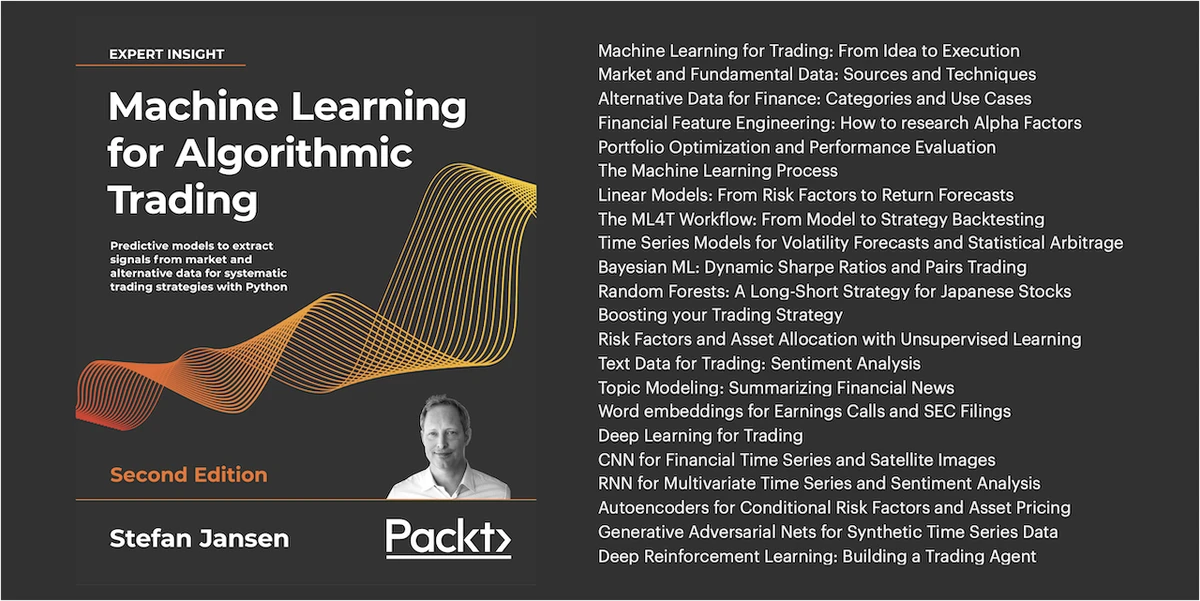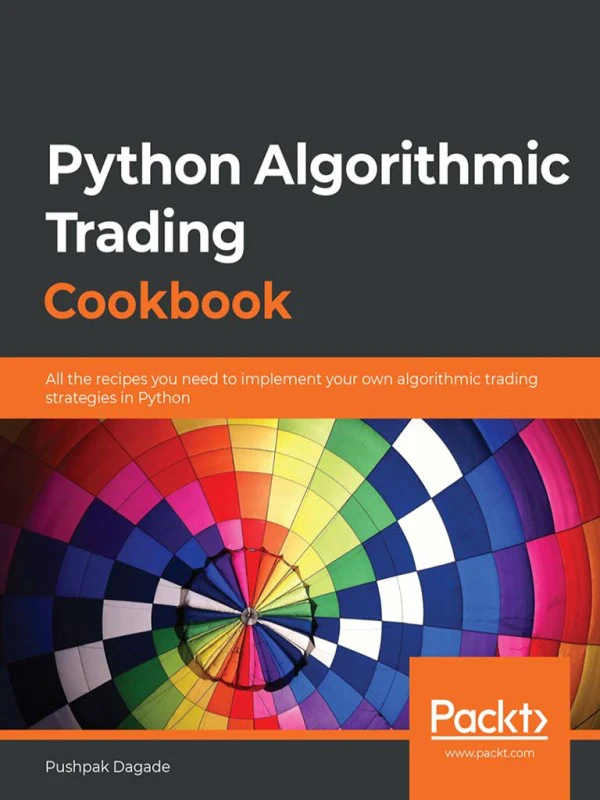

Introduction to Slippage and Its Impact on Algorithmic Trading
Slippage is an inevitable part of trading, especially when executing large volumes or trading in volatile markets. It refers to the difference between the expected price of a trade and the actual price at which the trade is executed. In algorithmic trading, slippage can significantly affect the performance of automated strategies, potentially leading to unanticipated losses or reduced profits. Understanding how slippage works and how to manage it is crucial for algorithmic traders who rely on precision and efficiency.
In this article, we will explore how slippage impacts algorithmic trading outcomes, the factors that contribute to slippage, and the methods traders can use to minimize its effects. Additionally, we will compare different strategies and tools available to traders to control slippage, offering actionable insights to improve trading performance.
Table of Contents
What is Slippage?
How Slippage Affects Algorithmic Trading
Factors Contributing to Slippage
The Role of Liquidity in Slippage
Strategies to Minimize Slippage in Algorithmic Trading
Using Limit Orders to Reduce Slippage
Optimizing Trade Execution Algorithms
Advanced Techniques for Managing Slippage
Slippage Management in High-Frequency Trading
Incorporating Slippage into Backtesting Models
Real-World Examples of Slippage in Algorithmic Trading
Frequently Asked Questions
Conclusion
What is Slippage?
Slippage occurs when there is a difference between the expected price of a trade and the actual price at which the trade is executed. This typically happens in fast-moving markets where prices change rapidly, causing the order to be filled at a different price than anticipated.
While slippage can occur in any type of trading, it is particularly important in algorithmic trading, where trades are executed automatically based on predefined algorithms. Since these algorithms are designed to make precise, data-driven decisions, slippage can undermine the accuracy of the strategy, leading to significant discrepancies in expected versus realized profits.
Types of Slippage
Positive Slippage: Occurs when the order is filled at a better price than expected, resulting in a favorable outcome.
Negative Slippage: Occurs when the order is filled at a worse price than expected, often leading to less favorable trading outcomes.
Understanding both types of slippage is critical for managing risk and improving overall strategy performance.
How Slippage Affects Algorithmic Trading
In algorithmic trading, where speed and accuracy are paramount, slippage can have a substantial impact on performance. The effect of slippage is often more pronounced in high-frequency trading (HFT) environments, where trades are executed in milliseconds, and even small price changes can affect profitability.
Factors Contributing to Slippage
Several factors contribute to slippage, including market volatility, liquidity, order size, and execution speed. Let’s explore each of these factors in more detail.
Market Volatility
High volatility often leads to sharp price movements, which can cause slippage, especially when market conditions change rapidly. For example, during an economic announcement or major geopolitical event, price swings can be unpredictable, leading to higher slippage for algorithmic traders.
Liquidity
Liquidity refers to the ability to buy or sell assets without significantly affecting their price. In illiquid markets, there may not be enough orders to match your trade at the expected price, resulting in slippage. This is particularly relevant for large trades, where the order size exceeds the available liquidity at the current price level.
Order Size
Large orders are more likely to experience slippage since they may require filling at multiple price levels. This is especially true in low-volume markets, where it may not be possible to execute an entire order at the expected price.
Execution Speed
The speed at which an order is executed is crucial in minimizing slippage. Slow execution due to network delays or processing times can lead to orders being filled at less favorable prices.
The Role of Liquidity in Slippage
Liquidity plays a central role in slippage. High liquidity ensures that orders can be filled without causing significant price changes, while low liquidity increases the likelihood of slippage. Traders can use various strategies to target more liquid markets and avoid slippage, such as trading during peak hours or selecting more liquid instruments.
Strategies to Minimize Slippage in Algorithmic Trading
There are several strategies algorithmic traders can implement to reduce slippage and improve trade execution accuracy.
Using Limit Orders to Reduce Slippage
One of the most effective ways to reduce slippage is by using limit orders instead of market orders. A limit order specifies the maximum price at which a trader is willing to buy or sell an asset. By using limit orders, traders can prevent their trades from being executed at unfavorable prices, thereby minimizing slippage.
Pros of Limit Orders:
Provides control over execution prices.
Reduces the risk of executing at a worse price than expected.
Cons of Limit Orders:
The order may not be filled if the market does not reach the specified price.
Potential missed opportunities if the market moves quickly.
Optimizing Trade Execution Algorithms
Trade execution algorithms can be optimized to minimize slippage by considering factors such as order size, market conditions, and liquidity. For example, algorithms can be designed to split large orders into smaller ones, which can help reduce market impact and slippage. Additionally, using algorithms that dynamically adjust their behavior based on real-time market data can improve execution efficiency and reduce slippage.
Advanced Techniques for Managing Slippage
For experienced algorithmic traders and institutional traders, more advanced techniques are available to mitigate slippage, particularly in high-frequency or volatile markets.
Slippage Management in High-Frequency Trading
High-frequency trading (HFT) relies on the ability to execute a large number of orders in a short time frame. In these environments, minimizing slippage is essential for maintaining profitability. Techniques such as smart order routing, where orders are routed to the most liquid exchanges, and latency arbitrage, which takes advantage of minor delays in data transmission, can help reduce slippage in HFT strategies.
Incorporating Slippage into Backtesting Models
Incorporating slippage into backtesting models allows traders to simulate the real-world impact of slippage on their strategies. By including slippage as a factor in backtesting, traders can gain a more accurate picture of how their strategies will perform in live markets. This can help identify vulnerabilities in the strategy and adjust parameters to minimize slippage.
Real-World Examples of Slippage in Algorithmic Trading
Example 1: Large-Volume Trade in Low-Liquidity Market
An institutional trader attempts to execute a large order in a low-liquidity market, leading to significant slippage. The expected price of the trade is \(50, but due to insufficient liquidity, the order is filled at an average price of \)50.50, resulting in an additional $5,000 in costs for every 100,000 shares traded.
Example 2: Slippage During Market Open
A retail trader uses a market order to enter a position at the market open. Due to the volatility and wide bid-ask spread, the trader experiences negative slippage, and the position is filled at a much higher price than expected.
Frequently Asked Questions
- What are the best practices for reducing slippage in algorithmic trading?
To reduce slippage, traders should use limit orders whenever possible, optimize their trade execution algorithms, and trade during periods of high liquidity. Additionally, incorporating slippage into backtesting models allows traders to better understand its impact and adjust strategies accordingly.
- How does slippage affect trading performance in high-frequency trading?
Slippage can significantly affect trading performance in high-frequency trading, where even small price changes can lead to substantial profit loss. By using advanced techniques such as smart order routing and low-latency execution, HFT traders can minimize slippage and improve profitability.
- Can slippage be eliminated completely in algorithmic trading?
While slippage cannot be completely eliminated, it can be minimized through careful strategy design, optimal execution, and by trading in more liquid markets. Advanced techniques like smart order routing and adaptive algorithms can further reduce slippage in volatile or high-frequency trading environments.
Conclusion
Slippage is a critical factor that impacts algorithmic trading strategies, affecting the accuracy and profitability of trades. By understanding the causes of slippage and implementing strategies such as using limit orders, optimizing execution algorithms, and incorporating slippage into backtesting, traders can minimize its impact. As algorithmic trading continues to evolve, mastering slippage management will remain a key component of successful trading strategies.
Interactive CTA:
Have you experienced slippage in your trading? How do you handle it? Share your experiences in the comments below!

0 Comments
Leave a Comment